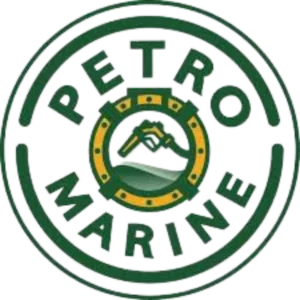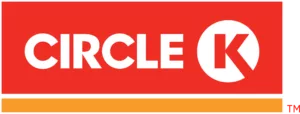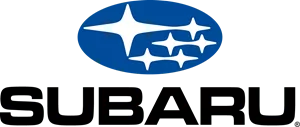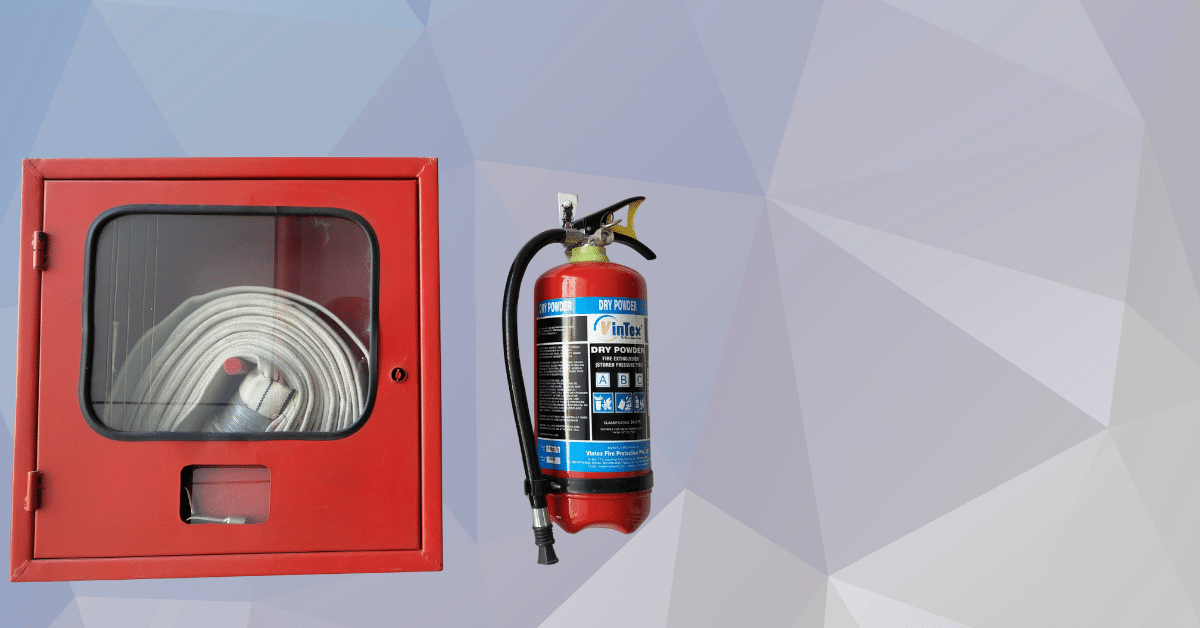A Road Paved with Responsibility: Why Training Never Stays Still
Not long ago, a veteran driver pulled into a weigh station feeling calm—he’d passed hundreds of inspections. This time, the officer asked for his electronic logbook. The driver hesitated; his last refresher was before the latest software update. A citation followed, and deliveries were delayed; the driver felt blindsided. He wasn’t careless—he was using yesterday’s rules on today’s road.
DOT compliance is like navigating with a GPS that updates in real time. Routes change. Hazards pop up. If your “map” (training) isn’t current, even skilled teams can drift off course. Treat training as the live guidance system that keeps your people, equipment, and customers safe—mile after mile.
DOT Compliance Training as the Engine of Workplace Safety
DOT rules aren’t just regulations; they’re the operating system of safe transportation. Training translates those rules into routines—how a dispatcher plans hours, how a driver inspects brakes, how a safety manager documents corrective action. When training hums, the whole organization runs smoothly.
Connecting DOT standards with organizational culture
Standards set the minimum; culture sets the momentum. Teams that discuss near-misses, share lessons learned after inspections, and make it a habit to ask questions build muscle memory around safety. Training is the spark, but culture is the combustion that keeps it going.
Why Employees Are the Drivers of Compliance Success
Frontline people—drivers, mechanics, dispatchers—make the critical micro-decisions. They spot a loose strap before it becomes a violation, or pause to recheck a weight ticket. Give them current, practical training and they’ll carry compliance from the classroom to the cab, shop, and yard.
The Speed of Change: How Regulations Evolve Over Time
Real-world examples of updated DOT requirements
Consider shifts in Hours of Service interpretations, ELD platform updates, drug and alcohol program changes, or increased scrutiny of vehicle inspection documentation. Technology evolves, state-federal enforcement priorities adjust, and carriers adopt new tools (dashcams, telematics, automated DVIRs) that introduce fresh procedures to learn.
The risk of sticking to outdated training materials
Stale slide decks cause real costs: preventable citations, lost utilization, higher insurance premiums, and reputational dents with shippers. Even small gaps—such as misunderstanding personal conveyance limits or miskeying roadside inspection data—can snowball into CSA score hits and contract risk.
How Often Should DOT Compliance Training Be Updated?
As a baseline, conduct a full compliance refresher annually for all affected roles (drivers, mechanics, dispatch, safety/HR).
Layer in initial training at hire, plus immediate updates when policies, systems, or rules change (ELD software revisions, drug & alcohol testing protocols, equipment or route changes). For higher-risk operations (hazmat, heavy haul), schedule semiannual topic refreshers and post-incident micro-trainings.
Industry best practices for scheduling refreshers.
- Annual comprehensive: HOS, ELD use, DVIR, recordkeeping, load securement, drug & alcohol program, incident reporting.
- Quarterly micro-lessons (15–20 minutes): one focused hazard/rule, delivered in toolbox talks or short e-learning.
- Event-driven: immediately after a new DOT rule, roadside trend, audit finding, or technology rollout.
- Role-specific: dispatch on HOS planning and documentation; shop on inspection standards; leadership on corrective actions and accountability.
- New-hire + 30/60-day follow-ups: reinforce early, before bad habits form.
Cadence example you can copy today. Q1: comprehensive refresher; Q2: load securement micro-lesson; Q3: DVIR documentation + ride-alongs; Q4: HOS/ELD tune-up + policy acknowledgments.
Warning Signs Your DOT Compliance Training Needs a Tune-Up
Even well-designed programs can drift out of sync with current rules if not revisited often. That’s why monitoring signs of outdated DOT compliance training is critical. Gaps in employee knowledge or patterns in violations often reveal where training hasn’t kept up. Knowing these indicators early lets you address issues before they turn into bigger risks or costly fines.
Spotting gaps in employee knowledge
- Drivers confuse off-duty vs. sleeper-berth time or personal conveyance.
- Dispatch struggles to plan routes that respect HOS windows.
- Mechanics miss recurring out-of-service defects in pre/post-trip inspections.
- Supervisors can’t explain what documents must be available at roadside.
Red flags that your training is falling behind regulations.
- Rising CSA BASIC alerts or repeat violations in the same category.
- ELD edits without compliant annotations/justifications.
- Low near-miss reporting (often a sign people don’t recognize hazards).
- Audit corrective actions repeat quarter after quarter.
- Conflicting SOPs—paper manuals say one thing, the telematics workflow says another.
Pro tip. If your last major refresher predates your current ELD version—or if your SOPs don’t match what drivers click in-cab—you’re overdue.
Balancing Cost, Time, and Safety in Training Updates
Many fleets hesitate to increase training frequency because of costs or downtime. But the truth is, strategic updates save money by preventing violations, accidents, and delays. Whether you’re running a small fleet or managing a nationwide operation, there are flexible approaches to keep DOT compliance training consistent without overwhelming budgets or schedules.
Small fleets:
- Use bite-sized, mobile-friendly lessons.
- Schedule quarterly 20-minute toolbox talks.
- Leverage vendor-provided modules from your ELD/telematics provider.
- Keep laminated quick cards in cabs for DVIR and HOS rules.
Mid to large fleets:
- Build a blended model—annual classroom or live-virtual plus quarterly e-learning.
- Assign role-based paths in your LMS.
- Create internal trainers (“safety champions”) who run on-site refreshers.
- Analyze violation data to target the next month’s lesson.
How consistent updates protect both people and profits: Every hour invested in timely training repays itself through fewer road delays, cleaner inspections, steadier insurance premiums, and stronger shipper scorecards. You’re not just avoiding fines—you’re protecting utilization, on-time performance, and brand trust.
KPI ideas to prove ROI:
- Roadside pass rates.
- Out-of-service percentage.
- Preventable incident frequency.
- Average inspection duration.
- ELD edit rate per 10k miles.
If two or more metrics trend positive after refreshers, your cadence is paying off.
DOT Compliance Training Beyond Checkboxes: Building Lasting Awareness
The most effective compliance programs don’t treat training as a one-and-done requirement. Instead, they weave safety lessons into daily routines, creating habits that employees carry into every shift. This approach turns compliance from a chore into a shared culture that protects people, equipment, and company reputation.
Encouraging continuous learning instead of one-off sessions:
- Rotate short topics: load security this month, DVIR documentation next, roadside demeanor and documentation the following month.
- Mix formats—quick videos from real trucks in your yard, scenario-based quizzes, and peer debriefs after inspections.
Turning compliance into a daily habit rather than an obligation:
- Bake training into routines: a 3-minute pre-shift reminder, a weekly “one rule, one story” message from safety leaders, a simple form to submit near-misses.
- Recognize teams that catch issues early.
- Celebrate clean inspections publicly. Habits form where attention goes.
Role matrix snapshot:
- Drivers: DVIR/HOS mastery and doc readiness.
- Dispatch: legal trip planning and exception handling.
- Shop: OOS prevention targets.
- Safety: CSA monitoring and corrective action closeout.
- Leadership: resource allocation and culture signals.
Keeping Your Organization on the Right Track
Think about compliance like vehicle maintenance. You don’t service an engine once and call it done. You schedule oil changes, monitor wear, and address warning lights immediately. Do the same with training.
Set a baseline service interval—an annual full refresher—and then top it up with short, monthly micro-lessons tied to real inspection trends. Log each “service” in your LMS like a maintenance record, including who attended, what changes were made, and the behaviors you expect.
When a “warning light” comes on—rule updates, new equipment, or a roadside citation—pull into the shop and retrain right away. Verify performance with quick checks and ride-alongs.
Small, consistent tune-ups keep your compliance engine running strong.
A simple roadmap you can start this quarter:
- Audit your last 6–12 months of violations, near-misses, and inspection notes, and identify the top three themes.
- Refresh core content annually, assign role-specific modules, and set calendar invites now.
- Micro-train monthly (15–20 minutes) on one high-impact topic drawn from your data.
- Trigger training instantly after any rule change, system update, roadside trend, or audit finding.
- Measure effectiveness: brief pre/post checks, 30–60 day retention quizzes, and behavior observations (PPE, DVIR completeness, HOS planning accuracy).
- Reinforce in the field: supervisors reference the same points during toolbox talks and ride-alongs.
Bottom line. Updating your team with online DOT Compliance training “often enough” means annually at minimum, at hire, and whenever rules, tech, or operations change—with short, regular reinforcements in between. That cadence keeps knowledge current, habits sharp, and your fleet—people and assets—moving confidently in the right lane.


















